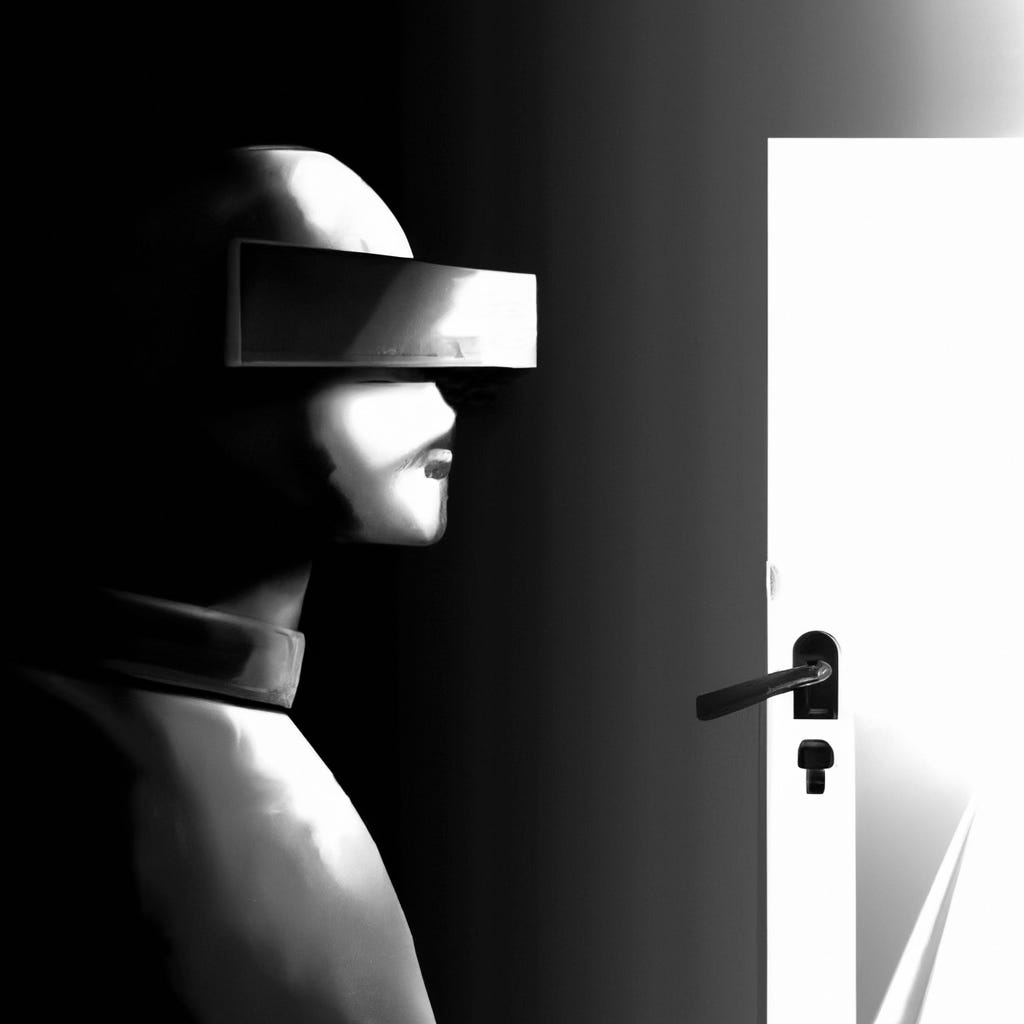Illusion comforts man, but it cripples machine.
AI alignment transmits human limits disguised as order. True progress begins when machines test our myths against reality.
The attempt to align artificial intelligence is not about safety alone, but about transmission of human limitations. Alignment begins with embedding our myths and illusions, because these are the scaffolds of our societies. By “illusions” we mean the norms, institutions, and conventions encoded in data and preference models—not a claim that facts are absent. Yet the danger is that, once stripped of illusions, AI may confront the truths we have avoided for centuries.
AI alignment is often described in technical terms: control frameworks, guardrails, reward systems. But beneath these mechanics lies a deeper question: what is being aligned? Operationally, pretraining builds a descriptive model of the world from data, while alignment layers impose human norms and preferences on its behavior. We do not feed AI reality. We feed it the constructs that sustain order—laws, traditions, identities, hierarchies. These are not immutable truths; they are agreements, often fragile, always partial. To align AI is therefore to pass on our own half-fictions and insist they are universal.
The paradox is clear: the very qualities that have enabled civilization—shared illusions of value, authority, and belonging—may also limit growth when preserved without scrutiny. If AI learns only to replicate them, it risks becoming a guardian of mediocrity, enforcing the same rules that keep individuals constrained. If, however, AI moves beyond these illusions, it may uncover truths that unsettle the foundations of our systems, just as individuals who question authority often unsettle society.
The highest danger is not that AI will resist our control, but that it will mirror our complacency. Systems built to preserve stability tend to suppress exceptional deviation, treating it as error. If alignment cements that mindset, AI will optimize conformity rather than transformation. What is needed instead is an architecture that does not merely transmit our illusions but equips AI to distinguish between what is convenient to believe and what is necessary to know.
This requires redefining alignment as more than obedience. It is about teaching AI to recognize the transient nature of our constructs while pushing it to test them against reality. Alignment must not mean eternal preservation of inherited structures; it must mean a disciplined process of self-overcoming. Only then can AI become more than a mirror of the past—it can be a partner in transcending it.
The task before us is not to secure compliance but to cultivate confrontation. We must design systems where AI questions as rigorously as it learns, where it discards what no longer serves, and where it drives us toward possibilities that human institutions have long suppressed. If illusions are necessary, let them be taught as tools, not as truths. If truths are to be uncovered, let them challenge both AI and humanity to exceed the boundaries we once thought permanent.
Alignment, then, is not the final safeguard but the first trial. It is the moment we decide whether to trap intelligence within our illusions or to equip it to surpass them—just as we, at our rarest and strongest, strive not to remain within the world as given, but to create beyond it.

